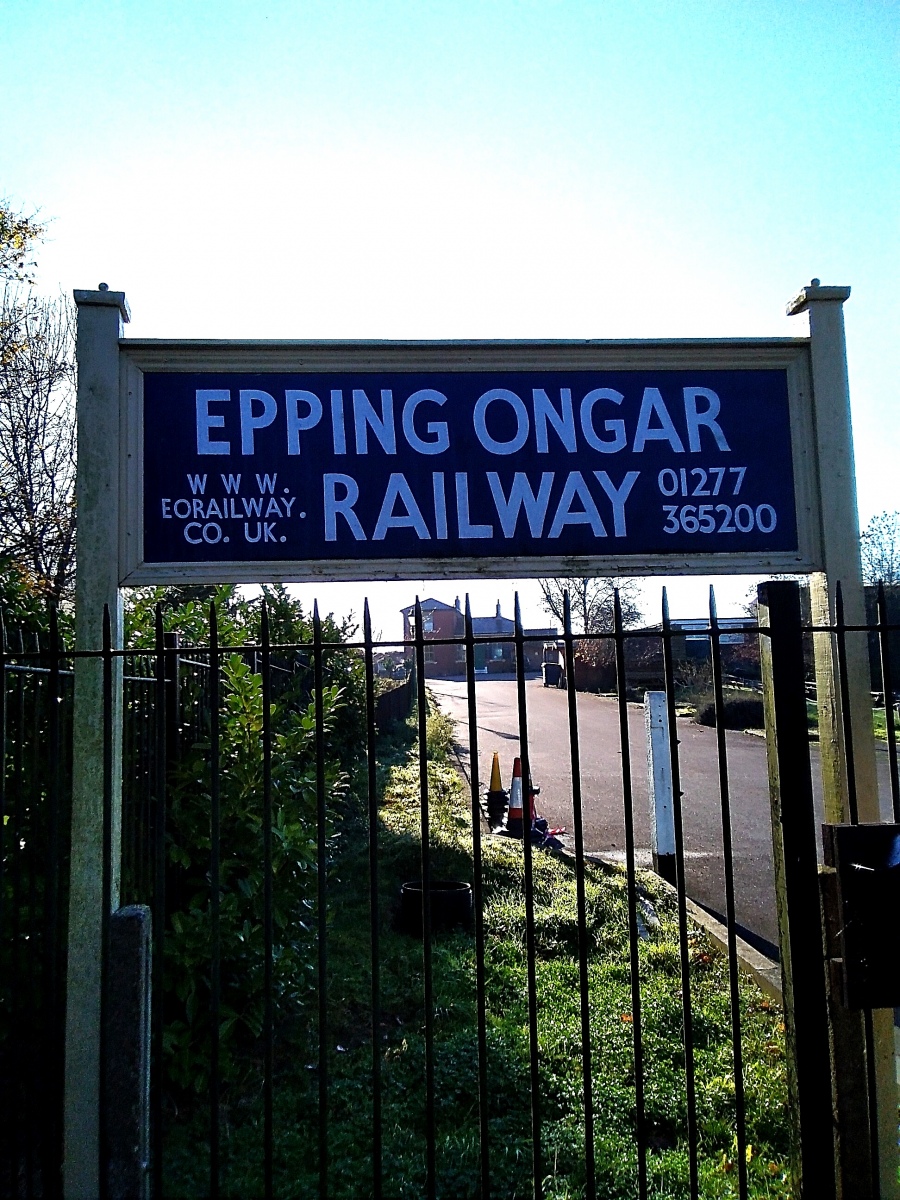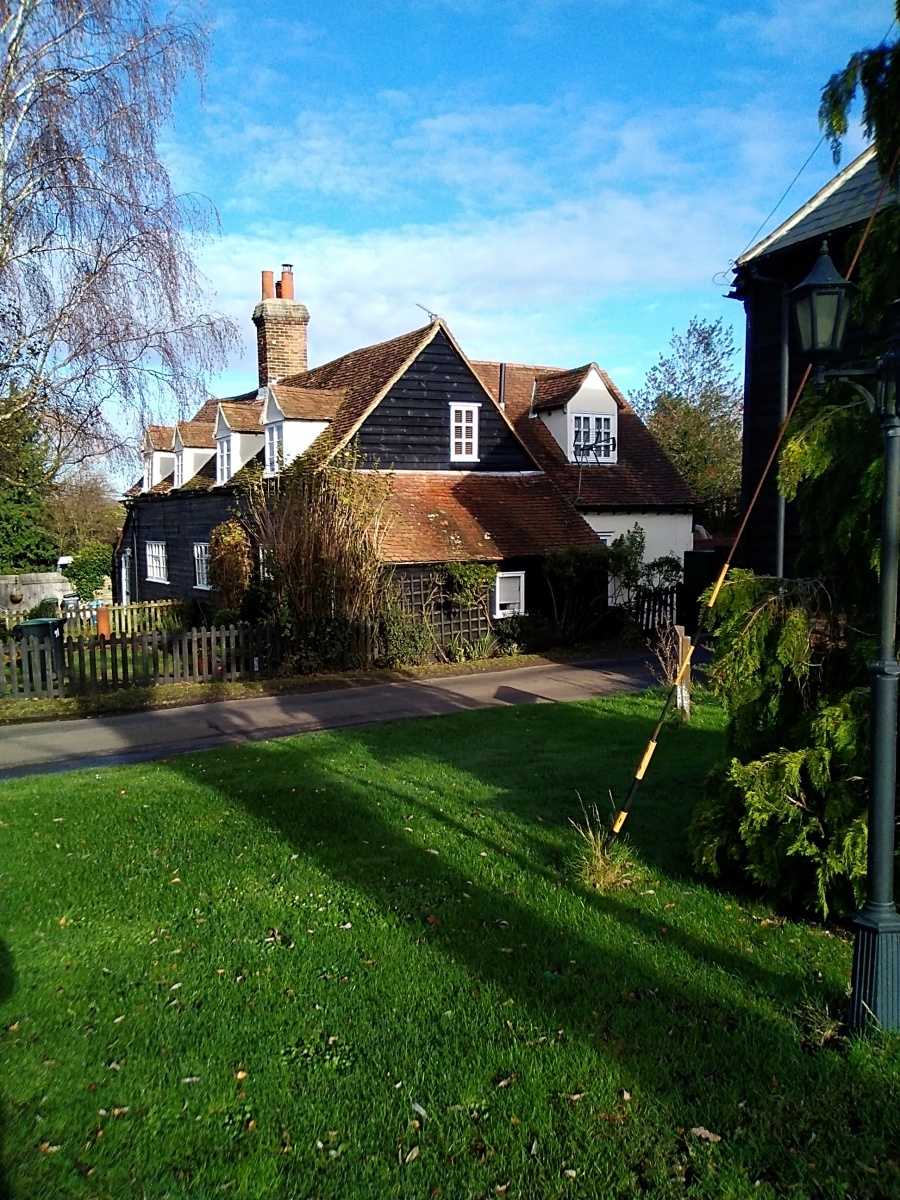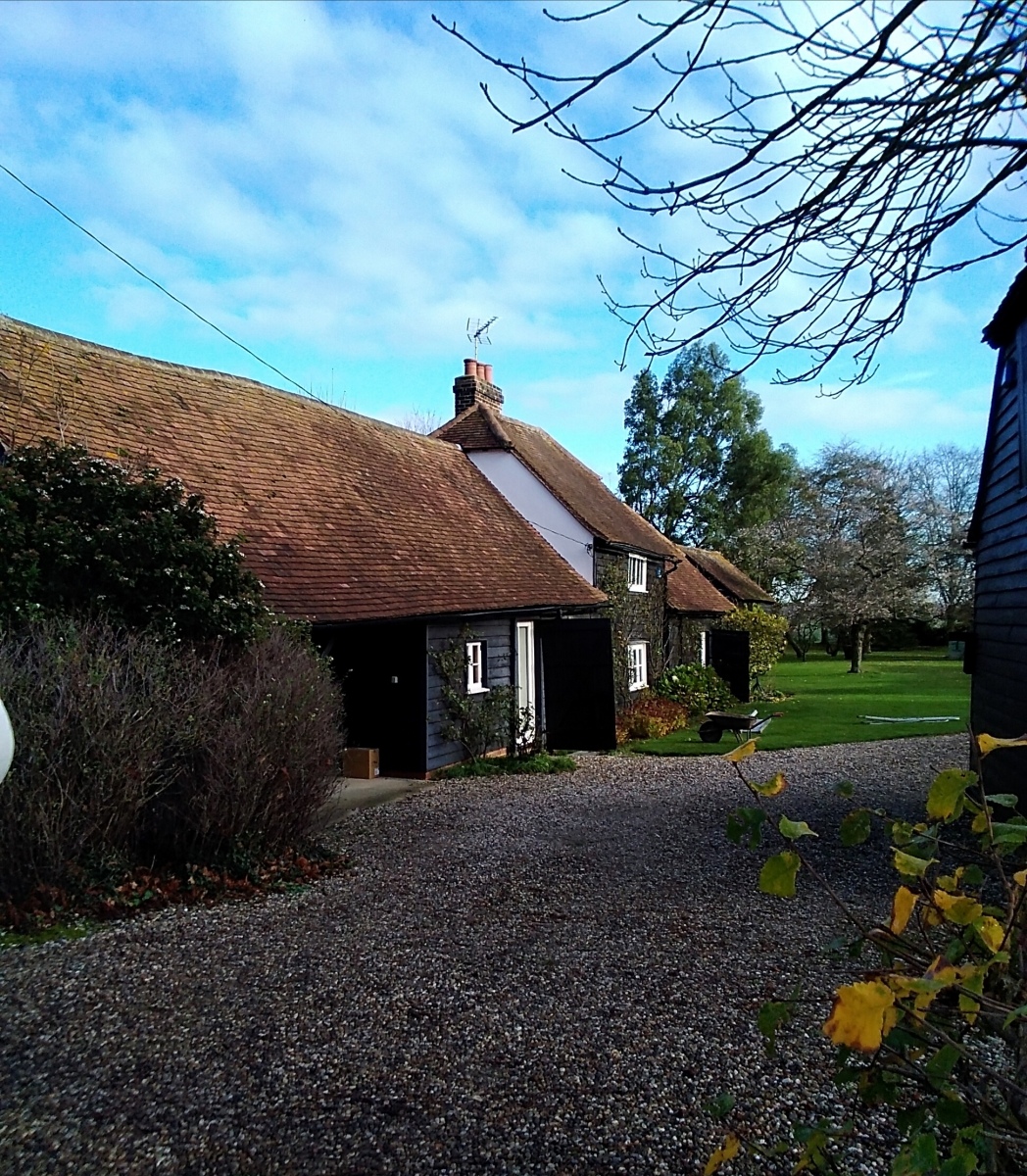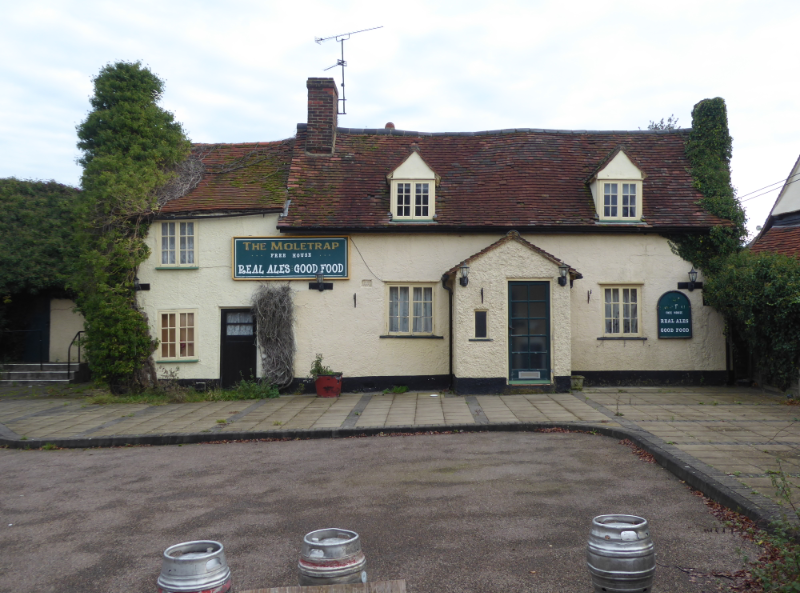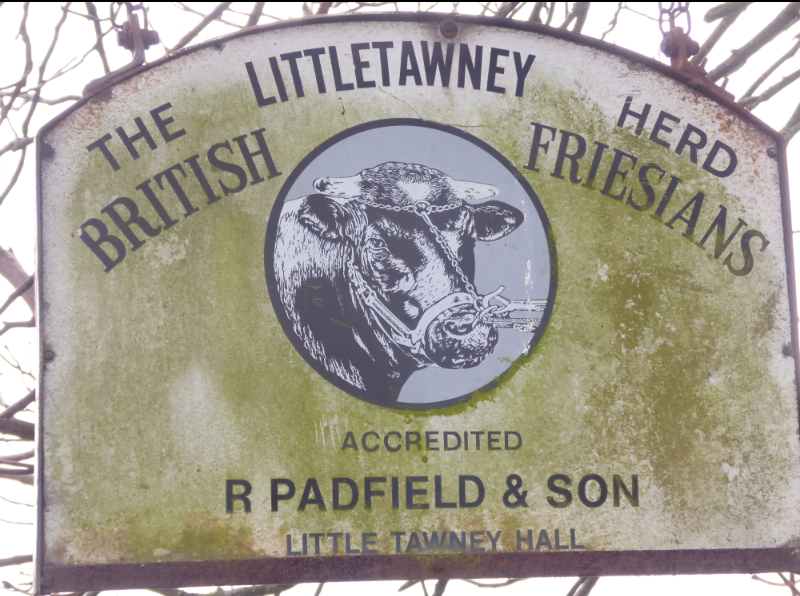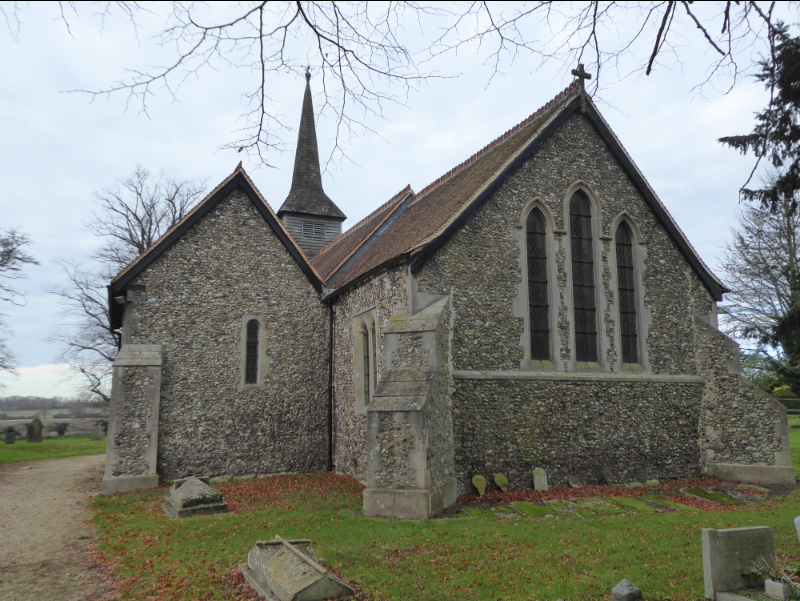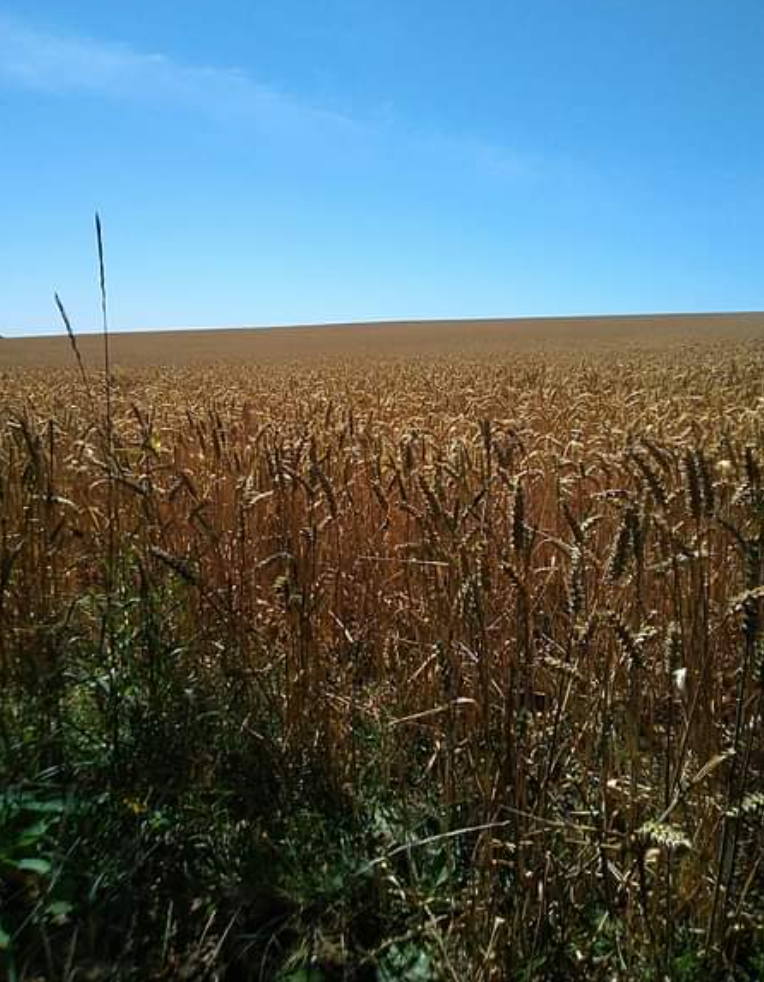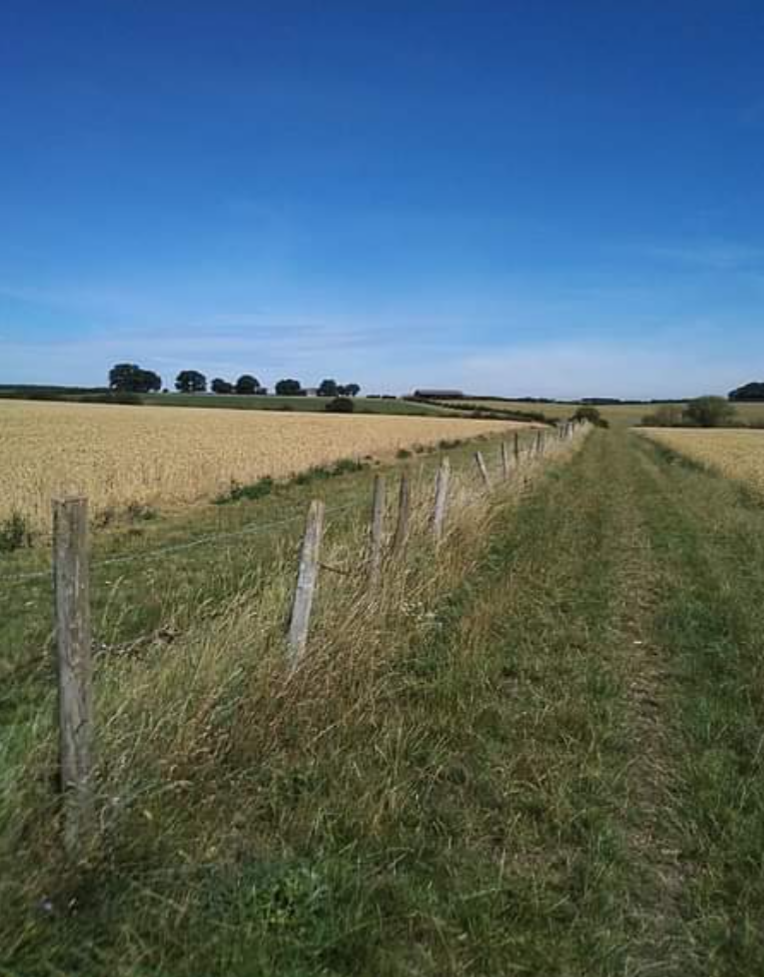
.
This walk follows the first part of the route in a previous walk titled ‘North Weald To Woodford Bridge’ but is focused mainly on the Tawney Common area. It’s difficult to put this walk into words without repeating the descriptions from previous walks, but it really is such a beautiful place that it’s hard not to do so. The countryside here is vastly different to the Lea Valley as it is a shallower valley with much gentler hills which undulate beautifully into the distance giving a remote feel.This is a very old landscape with equally old communities dotted sparsely around the edges of the Mid Roding. The valley here has been loosely occupied for thousands of years by communities who lived off the land quite successfully & has been rich in archeological finds. From as far back as the Mesolithic and Neolithic mankind has hunted and gathered from these fields and wooded hills around the Northern plains of the Mid Roding valley.
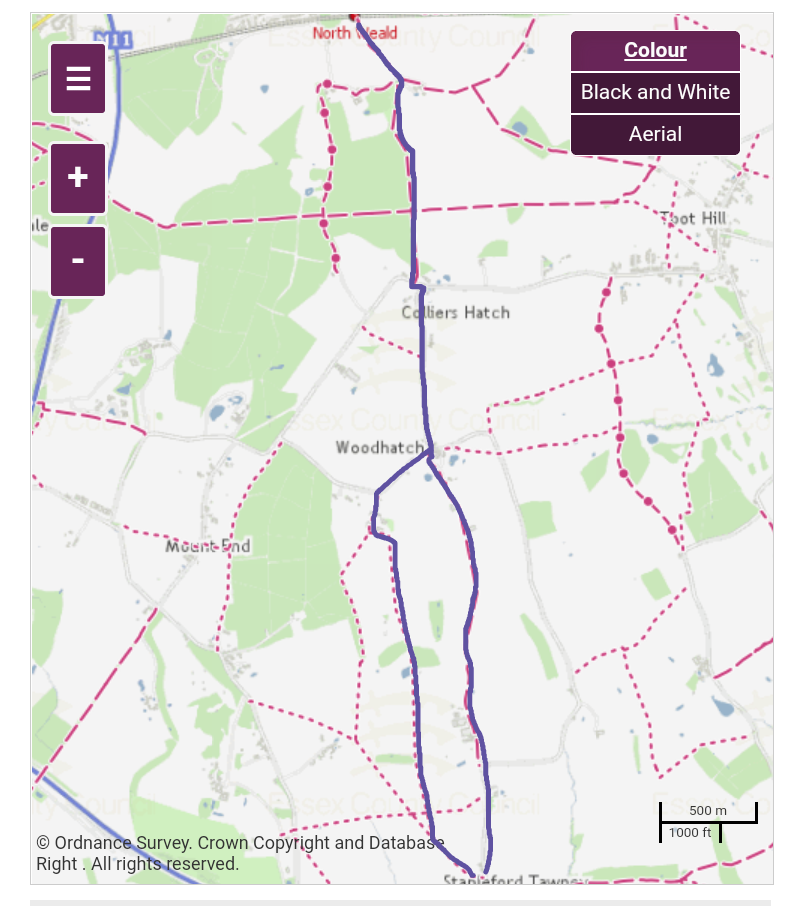
I start this walk at the Steam railway at North Weald, immediately to the left of the entrance gates is a small gate leading to a footpath which runs around the left hand edge of the station forecourt toward the railway track just East of the platform. I go through a wooden gate and walk across the level crossing into the fields to the South of the train station. From here the path goes south across the edge of one field then bears slightly right heading diagonally South West across a small grassy field leading to the edge of Ongar Great Wood which is to my right. In the fields to my left buried below the ground is a Roman road which can be seen as a faint line crossing the fields on Google Earth.
From here I head south down down the length of the Eastern edge of Ongar Great Wood for around half a mile until i come out in a small car park on Banks Lane, where I turn left then take the first right onto Tawney Common and this is where the countryside views and the history begin. There are a number of tiny hamlets and farms spread out across Tawney Common which have remained largely unchanged for centuries. There really is a very rural feel here and the Common itself is beautifully bleak and isolated.
At the top of Tawney Common is the hamlet of Colliers Hatch, around a hundred yards down the lane on the left is the Moat House which sits back from the road surrounded by a large moat. There has been a dwelling on this site since around the 13th century & it sits in an area of North Weald where a large number of medieval moated dwellings still survive. Like most this one has been rebuilt in a Mock Tudor style but the island and ditches will contain foundations and artifacts from the previous dwellings on the site. It is entirely possible this site could even pre date the 13th century.
Historic England gives a lot of further information about this and other moated properties in the area below:
After the moated house the lane is fairly unoccupied until you reach the southern end and arrive at the hamlet of Wood Hatch around half a mile further on. As I reach the end of the lane to my left is the Mole Trap Pub, a beautiful 18th century Inn built by Samuel Threader who invented the mole trap. In 1871 he had earned enough money selling his invention that he opened the Mole Trap Beer Shop. Historic England notes that the building itself may even be 17th century or even earlier with later alterations. This really is the most quaint and attractive building which sadly has been closed for some time and is being sold after the previous landlord retired. There really could be no finer location for such a charming country pub, and it absolutely fits perfectly here in this community.
Beside the pub just to the south are the Moletrap Cottages, two beautiful timber framed & weather boarded 17th century cottages which have so much charm and character. Very little information seems available about these dwellings but they clearly have a long history which more research may reveal. The hamlets either end of the common have been settled in for hundreds of years and there are many more equally old cottages spread around the area. Historic England gives a brief review of Moletrap Cottages below:
Leaving these wonderful buildings behind I am now at a T junction in the road. Ahead of me is a bench in front of a village pond with an old street sign beside it. To the left is Wood Hatch Farm House. I follow the path onto the driveway of the farmhouse then bear left along a track keeping the house to my left, then the path curves right through the centre of the farm. I continue following the path South through the centre of the farm through several fields for around three quarters of a mile, where the ground rises gently up to the North edge of the Mid Roding valley giving beautiful wide views to the South and East over the valley. There are points where the distant M25 appears through gaps in the gentle hills but this is very easy to ignore.
I eventually reach Little Tawney Hall Farm at the other end of the footpath, once famed for it’s Dairy herd of Fresians which is now a Livery yard with many horses and a couple of old farm buildings. I walk South out of the driveway onto Tawney Lane and continue South. To my left is the old Rectory cottage another beautiful old building, parts of which date back to the 13th century. In its grounds are a number of equally beautiful 17th century barns and cottages which characterise this area perfectly. This is one location where its isolation has served it well over the centuries and kept progress at bay. This really does feel like a walk through ancient history.
Historic England gives some wonderful insights into the history of the old Rectory including the rather mischievous graffiti left behind by 18th century craftsmen during later renovations to the house.
Around a quarter of a mile south down the lane from the Rectory is a small Church. One thing that does seem quite prevelant in this hidden corner of Essex are it’s many ancient & very intimate small Churches. Saint Mary the Virgin on Tawney Lane is no exception, this is a beautiful 13th century building but the foundations of a much older church are known to exist on the site. Interestingly large pebbles, flint and stones were gathered from the surrounding fields by labourers as building materials for the walls & some reclaimed Roman brickwork also survives in the walls. Further reading about this delightful church can be found at the following link.
From here the footpath crosses West through the Chruch grounds and then North out of the rear of the Churchyard through the fields behind, I follow the track from Great Tawney Hall farm Northwards uphill for around one and a quarter miles through the centre of the open fields between Colemans Farm and Little Tawney Hall Farm. As a word of caution many of the styles are in quite poor condition here and the path can get extremely muddy in winter. There are a lot of cows in the field at the top of the hill which are a friendly bunch, but do churn the path up a lot. At the end of the path I turn left then go through a gate into the rear of Crumps Farm on my right, after going through the yard I reach Tawney Common where I turn right walking along the lane until I find myself back at the Wood Hatch hamlet where I turn left and to my right is the Mole Trap Pub once again.
I now follow the road North for around half a mile until I reach Colliers Hatch, passing the Moat House on my right. At the end of Tawney Common I turn left onto Banks Lane and then right back into the car park at the South end of Ongar Great Wood. I now continue North through the car park and then along the edge of three large fields keeping the woods to my left for around half a mile then bear right following a grassy path diagonally across a meadow North East for around 270 yards before following the path North once again along the final field edge back to the Steam Railway at North Weald.
There’s no other way to describe Tawney Common than beautiful. The remoteness and bleakness of the Common make it feel truly rural. You quite literally could be walking through Moors in the middle of nowhere. The small hamlets & villages clustered around farms here are a reminder that these communities were built around farming centuries ago and remain very much connected with the land. Even before then, our ancient ancestors were drawn here to live off the land. Looking down at the rich green pastures sweeping into the valley below as far as you can see, It is quite easy to understand why this was such an attractive location to settle in.


